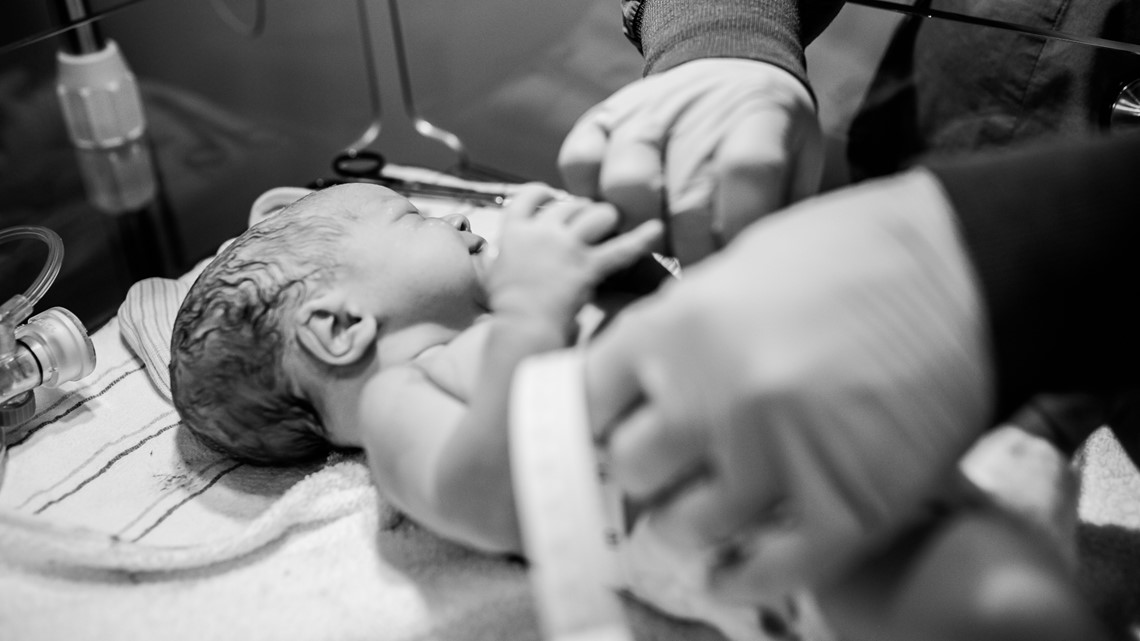
In years when food supplies are scarce, a female may skip an additional year or two between litters. Females give birth to cubs every other year if food sources are sufficiently plentiful. Delayed implantation allows the female to not waste fat reserves and energy in sustaining a pregnancy that would have little chance of success because her condition is too poor. This process of delayed implantation occurs in all bear species and allows the female bear’s body to physiologically “assess” her condition before implantation occurs and the period of gestation leading to the birth of cubs really begins. Following fertilization, the embryo doesn’t implant in the uterus until fall, at the time of den entrance. A large male black bear can exceed 600 pounds in weight, while females seldom exceed 200 pounds.īlack bears are typically solitary creatures, except for family (a female with cubs) groups and during mating season, which peaks in May and June. All bears, including black bears, are sexually dimorphic-meaning adult males are much larger than adult females. Typically adults are three feet tall at the shoulder, and their length from nose to tail is about 75 inches.

Grizzly bears have larger shoulder humps and a more dished-in facial profile and much longer front claws that are evident in the tracks.īlack bears in some areas where food is scarce are much smaller than in other areas where food is abundant. Black bears have longer and less rounded ears and a more straight profile from forehead to nose compared to grizzly bears. Black bears and grizzly bears can both have a wide variety of colors and sizes, but most commonly in areas where both species occur, black bears are smaller and darker than grizzly bears. There are several ways to tell a black bear from a grizzly bear. They have a short, inconspicuous tail, longish ears, a relatively straight profile from nose to forehead, and small, dark eyes.
#TWINKS GIVING BLACK BEARS HAND JOBS PATCH#
Some bears have a white patch on their chests. There are also black bears with light blue-gray fur found in southeastern Alaska known as “glacier bears.” Some bears in the island archipelago in southern British Columbia even have white fur and are known as “spirit bears” by some Indigenous cultures of the region for whom these bears have cultural significance.ĭespite these genetic variants, most of the bears in any region are black in color.

Not all black bears are black-some are brown or a rusty cinnamon color.


 0 kommentar(er)
0 kommentar(er)
